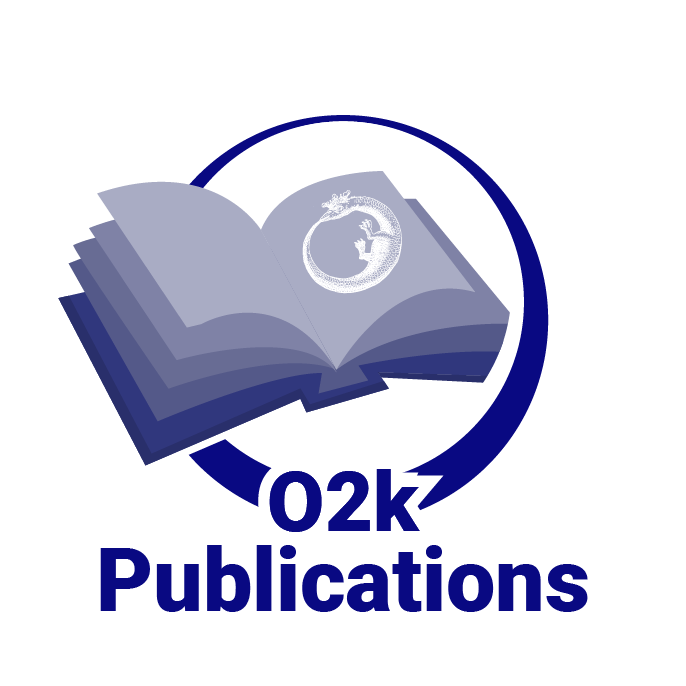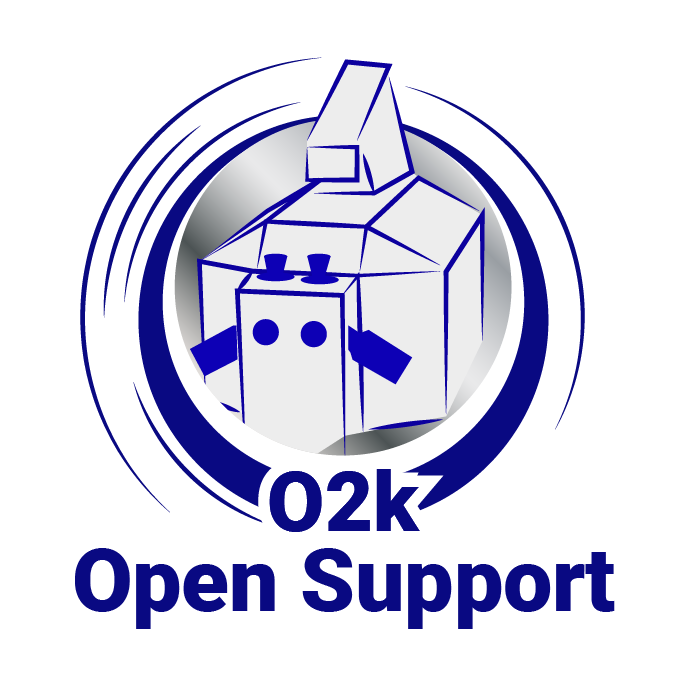User talk:Tindle Lisa/My sandbox Support page v2
"A reprogramming-based strategy for drug repositioning in patients with mitochondrial DNA-associated Leigh syndrome (MILS)"
"Project Name": "Funding Scheme"
- EJP RD JTC 2020: "PRE-CLINICAL RESEARCH TO DEVELOP EFFECTIVE THERAPIES FOR RARE DISEASES” - Project EJPRD20-010
- Duration: 36 months
- Start:
- Web:
About CureMILS
- Led by Prof. Dr. Alessandro Prigione of the Heinrich Heine University, the CureMILS project aims to employ a novel approach to enable drug discovery of MILS.
Aims
The project aims to use iPSCs and reprogramming-drived drug discovery for finding therapies against MILS. A personalized medicine approach will be applied and compound screenings on patient-derived neural cells will be carried out. Brain organoids and multi-omics analysis will be used for validations. 1. Establishment of PDE5 inhibitors as reference drugs for MILS 2. Large-scale screen of marketed compounds in MILS neural cells 3. Validations of hit compounds in MILS neural cells 4. Validations of hit compounds in neural cells carrying LS-associated Complex I mutations 5. Computational analysis of MILS neural cells and treatments
Objectives
- WP1 - Alessandro Prigione, MD, PhD, Heinrich Heine University
- The goal of WP1 is to collect all the experimental, clinical, and regulatory information required to develop an ODD plan for the PDE5i sildenafil.
- Confirmation of the PDE5i effects in all MILS-NPCs
- Actions of PDE5i on mitochondrial polarization in MILS-NPCs
- Mitochondrial mechanisms of action of PDE5i in MILS-NPCs
- Engage with regulatory and patenting experts
- WP2 - Ole Pless, Fraunhofer IME
- The goal of WP2 is to carry out a phenotypic compound screening in MILS-NPCs to identify marketed compounds than can be suggested to be repositioned for MILS.
- Primary screen and hit identification
- Hit confirmation and prioritization
- Hit validations in different MILS-NPCs
- WP3 - Werner Koopman, University of Luxembourg
- The goal of WP3 is to elucidate the mitochondrial and functional effects of PDE5i and top-10 compounds in MILS neural cells (including neural progenitors, post-mitotic neurons, and brain organoids) and to assess their blood-brain barrier (BBB) permeability.
- Effects of compounds on mitochondrial profiling of MILS-NPCs
- Effects of compounds on NAD metabolites in MILS-NPCs
- Effects of compounds in MILS neurons
- Effects of compounds in MILS brain organoids
- Patient-specific BBB permeability of repurposable compounds
- WP4 - Frank Edenhofer,Innsbruck University
- The goal of WP4 is to determine whether the repurposable compounds (PDE5i and the top-10 compounds) may be effective not only in MILS neural cells carrying MT-ATP6 mutations but also in neural cells carrying other LS-associated mtDNA mutations in Complex I (MT-ND3 gene).
- Direct reprogramming of MILS-iNPCs
- Validations of PDE5i in MILS-iNPCs
- Direct reprogramming of Complex I-mutant iNPCs
- Comparison of MILS-iNPCs and Complex I-mutant iNPCs
- Mitochondrial profiling in treated iNPCs
- WP5 - Antonio del Sol, University of Luxembourg
- The goal of WP5 is to generate omics analysis of MILS neural cells, and to develop a model of the disease and of the suggested treatments.
- Proteomics and metabolomics of MILS neural cells
- Transcriptomics and epigenomics of MILS neural cells
- Network-based model of MILS in human neural cells
- Proteomics and metabolomics of treated MILS neural cells
- Transcriptomics and epigenomics of treated MILS neural cells
- Network-based model of repurposable compounds
Coordinator
- Alessandro Prigione, MD, PhD - Department of General Pediatrics, Neonatology, and Pediatric Cardiology at Heinrich Heine University, DE - https://www.neurosciences-duesseldorf.de/principal-investigators-and-junior-researchers/alessandro-prigione OR https://www.hhu.de/en/
Network
Participants/Beneficiaries
- Fraunhofer IME, Department ScreeningPort,
- Institute for Molecular Biology, Innsbruck University
- Radboud University Medical Center, Biochemistry
- University of Helsinki, Research Program of Stem Cells and Metabolism
- Institute of Genetics and Animal Biotechnology of the Polish Academy of Sciences, Department of Molecular Biology
- Verona University, Department of Diagnostics and Public Health
- Luxembourg Centre for Systems Biomedicine (LCSB) University of Luxembourg
- International Mito Patients (IMP)
Collaborators
- Charité University, Clinic for Pediatrics and Neurology
- Department of General Pediatrics, Neonatology and Pediatric Cardiology, University Children's Hospital, Heinrich Heine University
- Oroboros Instruments GmbH
- Foundation IRCCS Neurological Institute C. Besta, Unit of Molecular Neurogenetics
- University of Milan, Department of Medical Biotechnology and Translational Medicine
- Max Planck Institute for Molecular Genetics
- Deutsches MITONET e.V., Friedrich-Baur-Institut
Oroboros project involvement
- Oroboros is a collaborator on the project providing infrastructure and expertise required to conduct respirometric measurements for the project.
CureMILS events
CureMILS publications
CureMILS dissemination
Links
Social Media
Research Networks
References
Additional information
Support
The EJP RD initiative has received funding from the European Union's Horizon 2020 research and innovation programme under grant agreement N°825575. EJP RD is coordinated by INSERM, France.





